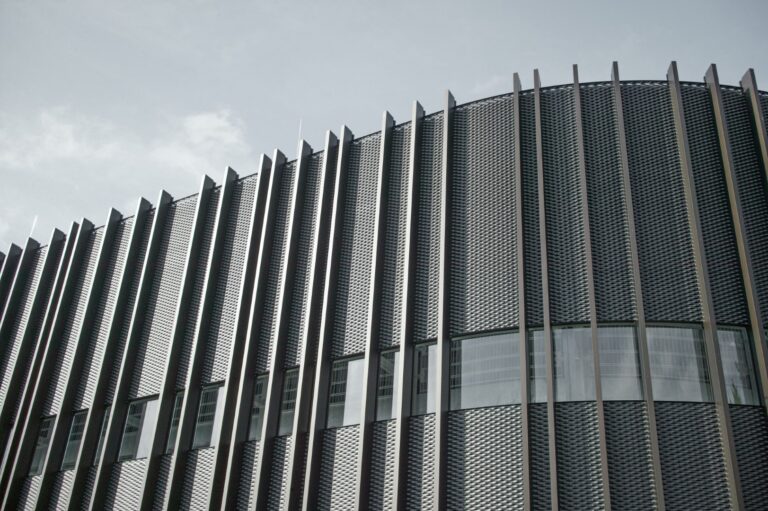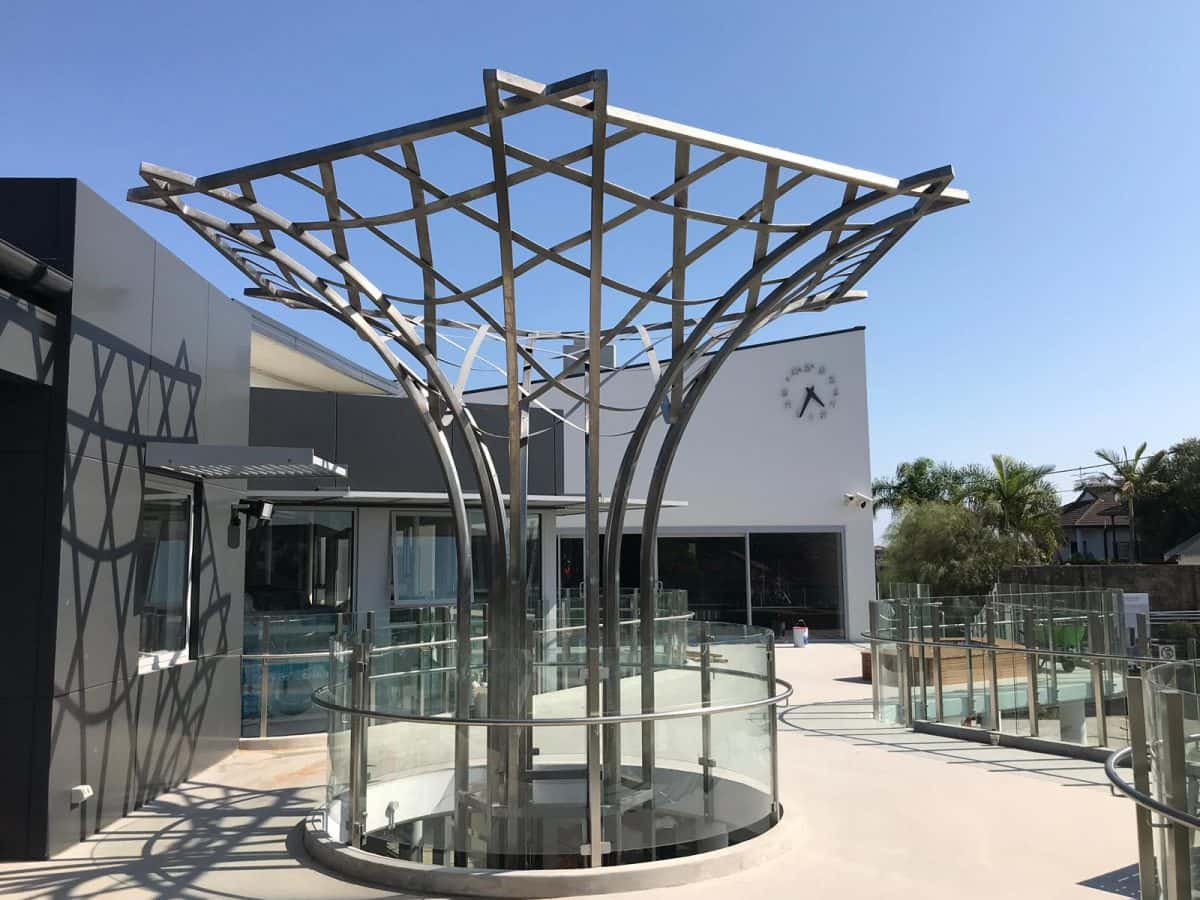In the world of architecture, the choice of materials can significantly impact the aesthetic, durability, and functionality of a structure. Among these materials, metals play a pivotal role. From the sleek lines of modern skyscrapers to the rustic charm of historical restorations, the use of common metals in architectural projects is both an art and a science. This article delves into the various metals commonly employed in architecture, exploring their unique properties and applications.

1. The Role of Metals in Architecture
Metals have been used in architecture for centuries, providing structural strength and aesthetic appeal. The industrial revolution marked a significant turning point, introducing new techniques and materials that revolutionized building design. Today, metals continue to be indispensable in architectural projects, offering versatility and sustainability.
2. Structural Versatility
One of the key reasons for the widespread use of metals in architecture is their structural versatility. Metals like steel and aluminum provide the necessary strength while allowing architects to experiment with innovative designs and shapes.
2.1. Steel: The Backbone of Modern Architecture
Steel is arguably the most widely used metal in construction. Its high tensile strength and durability make it ideal for supporting large structures. Steel is used in skyscrapers, bridges, and industrial buildings, providing the framework that holds these structures together.
2.2. Aluminum: Lightweight and Corrosion-Resistant
Aluminum is favored for its lightweight properties and corrosion resistance. It is commonly used in facade cladding, window frames, and roofing. Aluminum’s ability to be molded into various shapes and its reflective surface make it a popular choice for modern architectural designs.
3. Aesthetic Appeal of Metals
Beyond their structural benefits, metals offer a unique aesthetic appeal. The reflective surfaces of metals like brass and copper add elegance and sophistication to any building. These metals can be polished to a high shine or allowed to develop a natural patina, enhancing their appearance over time.
3.1. Copper: Timeless Elegance
Copper has been used in architecture for thousands of years. Its distinct color and ability to develop a protective patina make it a popular choice for roofs and decorative elements. Copper’s natural beauty and longevity make it a timeless addition to any architectural project.
3.2. Brass: A Touch of Luxury
Brass, an alloy of copper and zinc, is often used for decorative purposes. Its warm, golden hue adds a touch of luxury to interiors and exteriors alike. Brass is commonly used in fixtures, railings, and architectural details.
4. Sustainability and Environmental Impact
In today’s environmentally conscious world, the sustainability of building materials is of utmost importance. Fortunately, many metals are recyclable, making them a sustainable choice for architectural projects. Recycling metals reduces the need for new raw materials and minimizes environmental impact.
4.1. Recyclability of Metals
Metals like steel and aluminum can be recycled repeatedly without losing their properties. This makes them an eco-friendly choice for construction, as they can be repurposed for future projects.
4.2. Reducing Carbon Footprint
The use of recycled metals in construction helps reduce the carbon footprint of a building. By choosing sustainable materials, architects can contribute to a more environmentally friendly future.
5. Applications of Common Metals
The applications of metals in architecture are vast and varied. Here are some common uses of metals in architectural projects:
5.1. Roofing and Cladding
Metals like copper, aluminum, and steel are often used for roofing and cladding. These materials provide excellent weather resistance and can be customized to suit different architectural styles.
5.2. Structural Framework
Steel is the go-to metal for structural frameworks. Its strength and flexibility make it ideal for supporting buildings of all sizes and shapes.
5.3. Decorative Elements
Metals like brass and copper are often used for decorative purposes. From intricate railings to ornate light fixtures, these metals add beauty and character to any space.
6. Innovations in Metal Use
As technology advances, new innovations in the use of metals in architecture continue to emerge. Architects are constantly exploring new ways to incorporate metals into their designs, pushing the boundaries of what is possible.
6.1. Advanced Coatings and Finishes
Innovative coatings and finishes have expanded the possibilities for using metals in architecture. These advancements allow for greater customization and durability, enhancing the performance and appearance of metal components.
6.2. Integration with Technology
Metals are increasingly being integrated with technology, creating smart building solutions. From energy-efficient facades to interactive installations, metals play a crucial role in modern, tech-driven architectural designs.
7. Conclusion
The use of common metals in architectural projects is a testament to their versatility, durability, and aesthetic appeal. As architects continue to explore new possibilities, metals will remain a fundamental component of innovative and sustainable building design. For more insights into the latest trends in architectural metalwork, visit modern architectural designs and choosing an architectural metal fabricator.

Frequently Asked Questions
What are the most common metals used in architecture?
The most common metals used in architecture are steel, aluminum, copper, and brass. Each offers unique properties and benefits for different applications.
Why is steel preferred in structural frameworks?
Steel is preferred in structural frameworks due to its high tensile strength, durability, and ability to support large structures efficiently.
How does metal recycling contribute to sustainability?
Metal recycling contributes to sustainability by reducing the need for new raw materials, minimizing environmental impact, and decreasing the carbon footprint of construction projects.
This article contains affiliate links. We may earn a commission at no extra cost to you.

